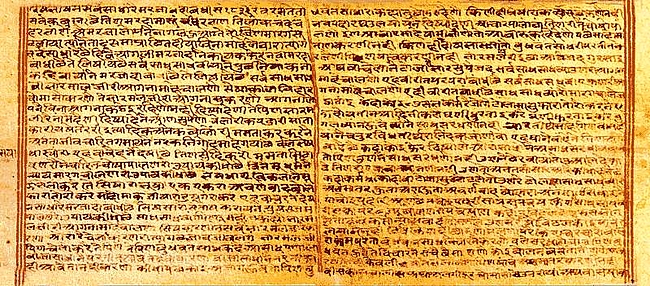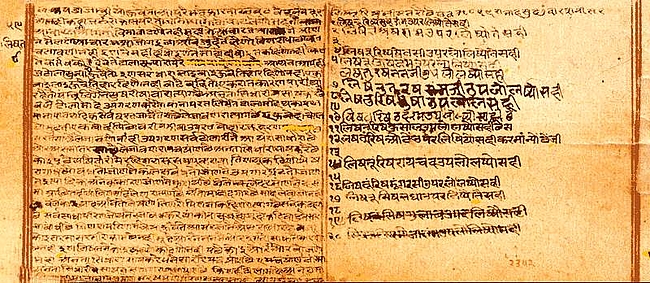Introduction:
The holy land of India is the land of celebrations. Each day stands for a festival of one or the other religion. Festival is not only a symbol of entertainment, but also this should be understood that many tiny particles of conventions and other plans for a better future are crammed together to make it a festival which is worth celebrating. In the same way, a unique festival in the religious traditions of the world, probably one of its kind, is celebrated in Jain Shvetambar Terapanth Dharma Sangh, known as Maryada Mahotsava. The festival of conventions and discipline acceptance.
History:
Acharya Bhikshu did not have any intention of starting a new religion or community, but to walk on righteous path of truthfulness and follow the principles of Lord Mahavira. People were attracted towards his path of truthfulness and became his followers and also undertook Diksha (initiation into Monkhood) under him. So the Terapanth religion is formed incidentally. And so, this path of Terapanth was devoted by him to Lord Mahavira which is understood by his following words of devotion:
“He Prabho Ye Tera-panth”- O Lord, this Path is Yours!
And after that, Acharya Bhikshu had formulated strict Marayadas (conventions) with the consent of all the ascetics for the proper observance of the monastic conduct, and enacted a complete and proper constitution for the order. It was Acharya Jayacharya (the fourth Acharya of Terapanth) who started the festival of Maryada Mahotsava in Vikram Samvat 1921 (1863 A.D.) to stress the importance of discipline in the order.
The ‘Ek Guru Ek Vidhana’ concept as we have already discussed, neither absolute autocracy nor only democracy prevails in the Jain Shvetambar Terapanth Dharma Sangh, but there is a system where the Guru remains supreme and where the disciples are united with the spirit of Discipline, Dedication and Humbleness. Proper management and self-discipline are both necessary to make an organization more powerful and also faithful to pure conduct. This is known as the ‘Ek Guru Ek Vidhana’ concept which forms the roots of the Jain Shvetambar Terapanth Dharma Sangh.
The Celebration Procession on Maryada Mahotsava:
The celebration of Maryada Mahotsava continues for three days, starting from the month Magha Shukla Panchami to Saptami, according to the Hindu calendar. On the occasion of Maryada Mahotsava, Monks and Nuns apprise the Acharya of the Annual Reports of their activities. The Acharya studies deeply and inquires about their mutual behaviour and observance of rules, regulations and conventions. The Monks and Nuns truthfully confess their blemishes and ask for expiation, which is given in the form of penance by the Acharya for the same. Maryada Patra (The rules, regulations and conventions laid down in the constitution of the order) enacted by Acharya Shri Bhikshu and later Acharyas are read out and the present Acharya inspires the members of the whole Order to observe them faithfully. It is on this occasion that the places of the next Chaturmas for the Monks and Nuns (Munis and Sadhvis) and centres of Samanis are announced by the Acharya. The various honorary titles and awards are given to the deserving ones including Charitra Souls and lay followers on this auspicious day. The Shravak Nishtha Patra (document of the conventions to be followed by the lay followers) is also narrated by the Acharya on the main day of the Maryada Mahotsava. The various queries put forward by the lay followers are answered. The Maryada Mahotsava is not only celebrated in the feet of the Acharya but also in different areas wherever the Charitra Souls are present.
Maryada Patra:
The Maryadas of the ascetics were recorded by Acharya Bhikshu on a small piece of paper. This small piece of paper is not an ordinary one but it is the one on which the whole Terapanth religion is based upon. It is the Testament of the spirit of Monkhood and the biggest treasure of Terapanth. It is this where all conventions for the Unification, Service, Penance and Monkhood are written and the signatures of all the ascetics of that time are recorded.
Haazari Vaachan:
Haazari Vaachan is the event of mass attraction in the Maryada Mahotsava. All the Charitra Souls present in the feet of Acharya stand and make long chains of white, the colour of peace. It looks as if the whole place has been painted in white which makes the scene spectacular. After this the Acharya takes their attendance. Later on, the Acharya narrates the Maryadas and the Charitra Souls accept them willingly. It is just like the renewal of their spirit of Asceticism Usually this event of Haazari Vaachan takes place every fourteenth or fifteenth day of the month but the event on Maryada Mahotsava is quite special for its own discipline and beauty.
The Shravak Nishtha Patra:
The Shravak Nishtha patra is a document on which the rules required to be followed by the Terapanthi Lay followers are recorded. It was written by Ganadhipati Acharya Tulsi in the year 1982 and is narrated by Acharya on the Maryada Mahotsava to make the lay followers aware of the rules needed to be followed by them.
This unique festival owns a special place in the Terapanthi order; the festival of discipline and convention attracts a huge number of lay followers to witness the magnificent scenes taking place. Everything is arranged and managed so systematically that one cannot resist but admire their sense of discipline and obedience. It is undoubtedly a unique celebration for the maintenance of unity and discipline in the order.

Maryada Patra

Acharya Bikshu's Letter of Conduct on which Terapanth order was established.
 Kavita Bhansali
Kavita Bhansali